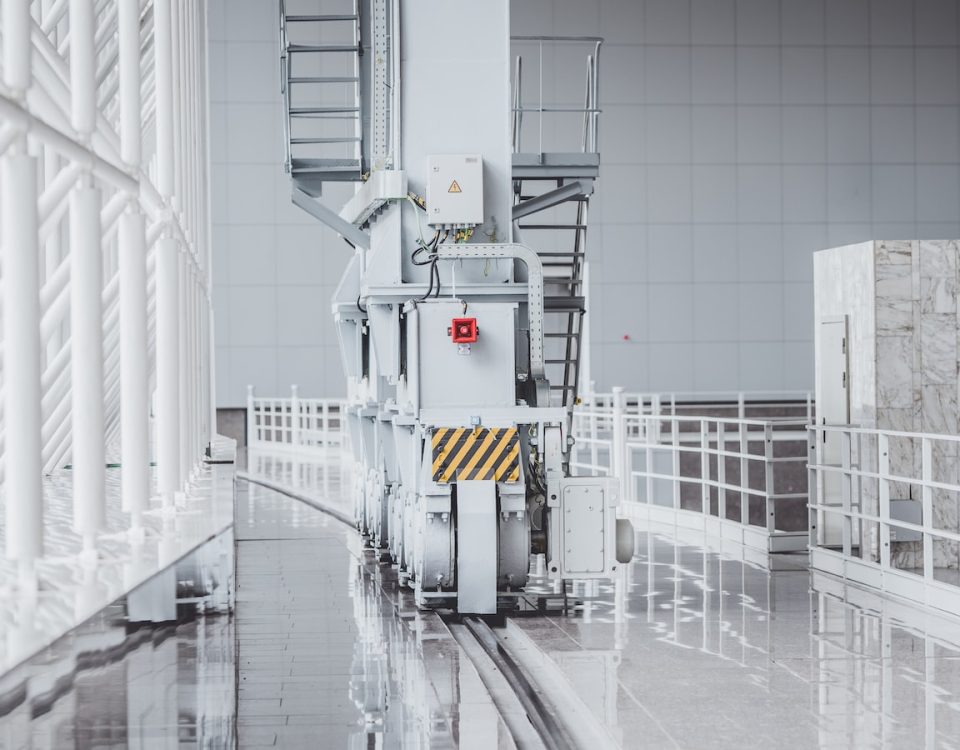
2022 Ngành bao bì nhựa (xu hướng phát triển vật liệu bao bì nhựa trong tương lai)
2024-09-051. Development history of plastic packaging industry
Plastic packaging refers to plastic products with packaging, storage, protection, cushioning, isolation and other purposes, which are made of polymer resin as the main material, with the help of plasticizers, foaming agents, stabilizers and other additives, through molding processes such as suction molding, injection molding, blow molding, and extrusion. China's plastic packaging industry started in the late 1970s and has gone through the start-up stage, rapid development stage and mature stage.
Development history of plastic packaging industry

Data source: Huajing Industry Research Institute
2. Current status of the development of the plastic packaging industry
Plastic materials, as a relatively "young" packaging material, are rapidly applied to the packaging market and have become the second largest packaging material in the world after packaging materials. Even in some countries and regions, the application and share of plastic packaging materials exceed packaging materials, becoming the leading packaging material. Due to the implementation of China's "plastic restriction order", the demand for plastic packaging has dropped a lot in the past two years. In 2019, the scale of China's plastic packaging market was 90.08 billion yuan, a year-on-year decrease of 12.3%.

Data source: China Packaging Federation, China Economic Industry Research Institute
With the introduction of environmental protection policies and the replacement of plastic packaging boxes with paper packaging boxes, the overall revenue of my country's plastic packaging industry has shown a downward trend in recent years. According to data from the China Packaging Federation, in 2018, the main business income of China's plastic packaging box and container manufacturing enterprises above designated size was 157.135 billion yuan, a year-on-year decrease of 17%. In 2019, stimulated by the continued rise in exports, the main business income of China's plastic packaging box and container manufacturing enterprises above designated size was 159.239 billion yuan, a year-on-year increase of 1.3%, showing a slight increase.

Data source: China Packaging Federation, China Economic Industry Research Institute
Related report: "2021-2026 China Plastic Packaging Bag Market Comprehensive Research and Industry Investment Potential Forecast Report" released by China Economic Industry Research Institute

Although the plastic packaging industry in my country is gradually declining under the background of stricter environmental protection policies in my country, and the import amount of plastic packaging has grown slowly. However, my country's plastic packaging industry has found a new direction for development and has begun to continuously explore the international market. The export amount of plastic packaging has shown an upward trend overall. According to data from the China Packaging Federation, China's plastic packaging imports in 2019 amounted to US$12.548 billion, a year-on-year decrease of 1.1%; China's plastic packaging exports amounted to US$22.586 billion, a year-on-year increase of 8%.

Data source: China Packaging Federation, China Economic Industry Research Institute
The United States is the largest exporter of plastic packaging in my country. In 2019, the export value of plastic packaging was US$31.22, accounting for 13.82% of the total export value of plastic packaging. Due to the rapid development of Vietnam's economy and the transfer of my country's low-end manufacturing industry, the demand for plastic packaging is increasing, making Vietnam the second largest exporter of plastic packaging in my country, with an export value of US$1.66 billion in 2019. It accounts for 7.35% of the import value of plastic packaging, which has exceeded the amount of plastic packaging imported by Japan from China.

Data source: China Packaging Federation, China Economic Industry Research Institute
Japan is the first country for my country's plastic packaging imports, with an import value of US$4.187 billion, accounting for 33.4% of my country's total plastic packaging imports; followed by South Korea, with plastic packaging value of US$2.632 billion, accounting for 21% of the total plastic packaging imports. South Korea and Japan account for 54.4% of my country's plastic packaging imports, exceeding the total of other countries. This is mainly because South Korea and Japan have strong industrial bases and are close to my country, with low transportation costs and low costs, and obvious competitive advantages.

Data source: China Packaging Federation, China Economic Industry Research Institute
III. Analysis of China's Plastic Packaging Industry Policy
In recent years, under the guidance of the national economic development policy, various manufacturers in China's plastic packaging industry have vigorously adjusted their product structure, developed new technologies, and launched new products, achieving sustained and stable development. In a series of laws, regulations and policies, the state has restricted the production of non-degradable and highly polluting plastic packaging products, while encouraging and supporting the production of degradable, highly functional, and high value-added plastic packaging products, which will help promote the plastic packaging industry to develop in an environmentally friendly, sound, and orderly direction.

Data source: government departments, China Economic Industry Research Institute
Fourth, the future development trend of China's plastic packaging industry
1. Environmental protection
The products served by the plastic packaging industry are closely related to the lives of consumers. In addition to practicality, the safety of packaging materials for food, cosmetics, daily chemical products, and electronic products is also the focus of consumers. With the increasingly stringent environmental protection standards, the greening of packaging materials and production processes has become an important issue facing the plastic packaging industry, which is also a market trend that the industry needs to focus on in its development.
2. Functionalization
Functionalization is an important development trend of plastic packaging products. At present, the proportion of plastic packaging materials in packaging materials is second only to paper packaging, and the application of plastic packaging in food packaging has surpassed paper packaging and ranked first. The rapid development of the plastic packaging industry has put forward high functional requirements for products in the industry.
3. Lightweighting
Lightweighting is a major development trend of plastic packaging, and its main contents include two aspects: ①Reducing the use of packaging materials in downstream industries; ②Improving the performance of plastic packaging materials to achieve "thin-walling" of plastic packaging containers.
On the one hand, excessive packaging is prevalent in downstream food, express delivery and other industries. Redundant and unnecessary behaviors such as excessive use of packaging materials and excessive volume have certain negative effects on consumers, enterprises and the environment. Lightweighting of plastic packaging not only helps to reduce the amount of materials used and thus reduce the production costs of enterprises, but also reduces waste emissions and reduces the environmental burden.
On the other hand, lightweighting also reflects the "thin-walling" of plastic packaging containers such as plastic bottles, plastic barrels, plastic cans, and plastic packaging bags. With the continuous development of the plastic packaging industry, the research and development and marketization of plastic additives will continue to advance, and technologies and production processes such as plastic blending technology will continue to improve, thereby reducing the amount of materials while ensuring the reliability, chemical stability, and durability of plastic packaging containers, providing the possibility of achieving "thin-walling".
China Economic Information Network is affiliated to China Economic Industry Research Institute, focusing on industrial economic intelligence and research in Greater China. The main products and services currently provided include traditional and emerging industry research, business plans, feasibility studies, market research, special reports, customized reports, etc. It covers fields such as culture and sports, logistics and tourism, health and elderly care, biomedicine, energy and chemical industry, equipment manufacturing, automotive electronics, agriculture, forestry, animal husbandry and fishery, and also conducts in-depth research on emerging fields such as smart cities, smart life, smart manufacturing, new energy, new materials, new consumption, new finance, artificial intelligence, and "Internet +".


